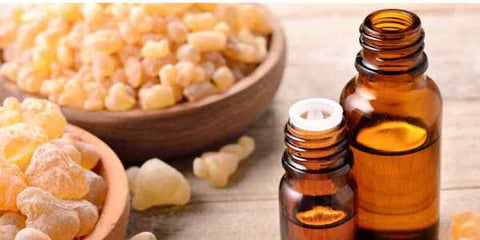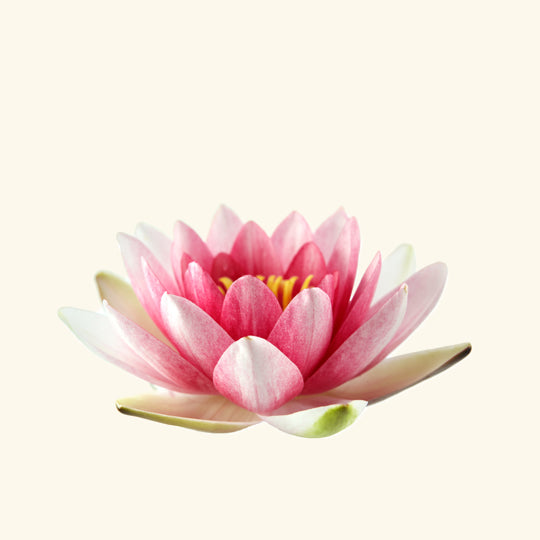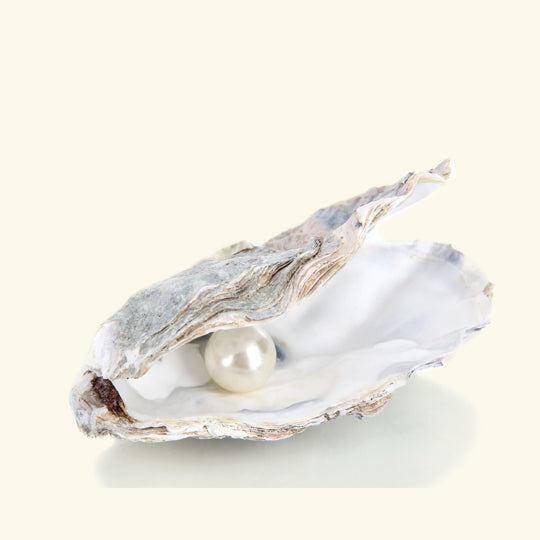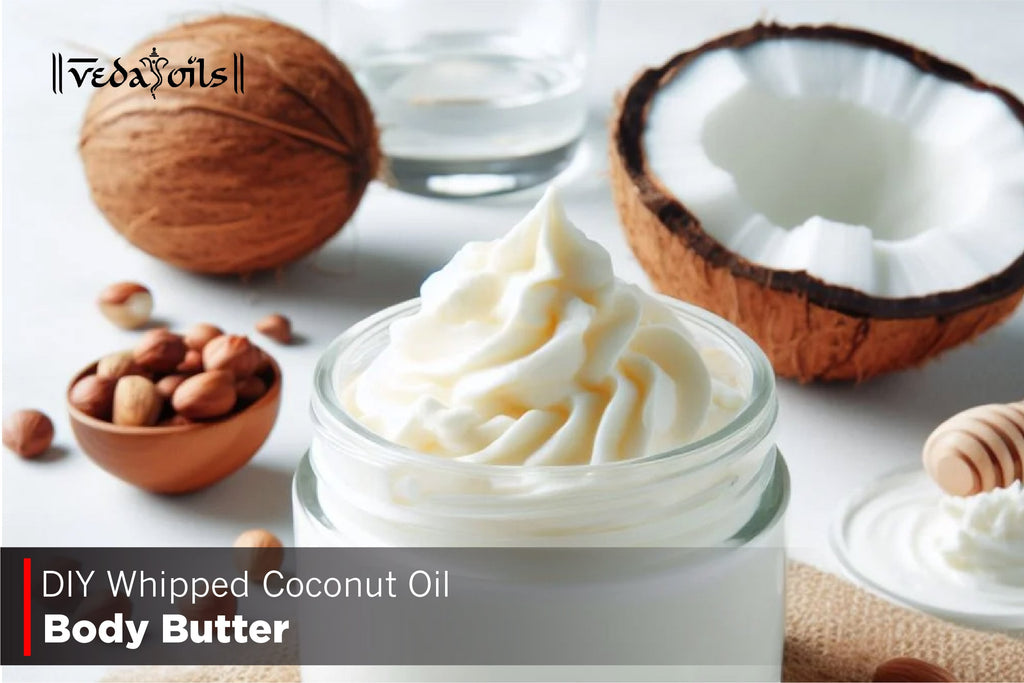List Of The Best 10 Base Notes For Perfume Making
Perfume making is a complex and intricate art form that requires a deep understanding of chemistry, fragrances, chemistry, and aesthetics. If you are pretty much aware of perfume making, then you will surely know that one of the most critical components of creating a beautiful scent is the selection of the right base notes. These base notes serve as the foundation of perfume and are responsible for giving the fragrance its depth, richness, and longevity.
In this blog, we will be discussing the fragrance notes, base notes that are used in perfumery and their unique characteristics, and how they can be combined with other notes to curate new fragrances. So let's dive into the world of fragrances and explore the world of base notes in perfume making.
What Are Fragrance Notes?
Fragrance Notes are the individual scents that make up the perfume or fragrance. These notes can be categorized into three different types that is top notes, middle notes, and base notes. Top notes are the initial scents that are perceived when a fragrance is first applied. They are quite usually lighter and more volatile than other notes and tend to evaporate more quickly.

When we talk of middle notes, they emerge after the top notes have dissipated. They are considered the core of the fragrance and tend to last longer than top notes. The third one is the base notes which are actually the foundation of a fragrance as they provide scents the required depth, richness, and longevity. Base notes tend to be heavier and more long-lasting than other notes and often include earthy, musky, and woody scents.
What Are Base Notes In Perfume?
Base notes are actually the foundational scents in a perfume that provide depth to a scent. They are typically heavier and are more long-lasting than top and middle notes. They are heavier and thus provide scents ability to last long.
Base 10 Base Notes List For Perfume Making
Now that we know about fragrance notes and what base notes are when it comes to perfume making. Let's discuss some of the best bade notes for perfume making. To help you, we have compiled a list of 10 base notes list for perfume making.
1. Agarwood Notes

Agarwood, also known as oud, is a highly prized Base Note Perfume. The fragrance is derived from the resinous heartwood of the aquaria tree and is characterized by its complex, woody and resinous aroma with slight hints of earthy, leathery, smoky, and undertones.
2. Cedarwood Cistus Notes

Cedarwood and cistus are the two most popular base notes in perfumery. Cedarwood actually has a woody, warm, and slightly sweet scent with a hint of spice, while cistus, also known as rockrose, has a balsamic and slightly floral aroma. Together these two fragrances provide a well-rounded base for a fragrance.
3. Cocoa Notes

Cocoa is a base note in perfumery extracted from the cocoa tree's seeds. The base note has a rich, warm, and sweet aroma with hints of chocolate, vanilla, and nutty undertones. It is often used to add depth and a warm and sweet aroma that can be blended with other base notes like musk to create a luxurious and indulgent scent.
4. Balsam Absolute Notes

Balsam absolute is a base note in perfumery that is extracted from the resin of various tree species, including pine, fir, and spruce. This base note has a slightly sweet aroma with hints of vanilla, cinnamon, and spice. It adds depth and complexity to fragrances and can be blended with other notes like sandalwood and cedarwood.
5. Frankincense Notes

Frankincense is a base note in perfumery extracted from the Boswellia tree's resin. It has a complex, woody aroma with hints of citrus, spice, and balsamic undertones. Frankincense is often used to add depth and richness, and adds complexity to fragrances.
6. Myrrh Notes

Murgh is a base note in perfumery derived from the resin of the Commiphora myrrh tree. The fragrance note has a warm and resinous sweet aroma that adds depth and warmth to fragrances. It can be easily blended with other base notes like sandalwood to create a rich and complex scent.
7. Oakmoss Notes

Oakmoss is a base note in perfumery that is derived from a type of lichen that grows on the oak tree. It has a deep, earthy, and woody aroma with leathery and mossy undertones. It can be blended with other base notes like vetiver and creates a rich, robust scent.
8. Patchouli Notes

Patchouli is a base note in perfumery derived from the patchouli plant's leaves, a member of the mint family. It has a deep, earthy, and musky aroma with sweet and spicy undertones. It is often used to add depth and richness to fragrances and can be blended with other base notes like sandalwood or vanilla to create a warm and sensual scent.
9. Tobacco Notes

Another great base note you may find in the perfume industry is tobacco. It is derived from the dried leaves of the tobacco plant and has a warm, rich, and smoky aroma with hints of honey, vanilla, and leather undertones. It is often used to add depth and complexity to fragrances.
10. Vanilla Notes

Vanilla is a base note in perfumery derived from the seed pods of the vanilla orchid. The comforting aroma of the base note is often used to add sweetness and depth to fragrances and can be blended with other base notes like musk or Amber to create a rich and sensual scent.
11. Vetiver Notes

Vetiver is a popular base note in perfumery derived from the roots of tropical grass native to India. Vetiver has a woody and smoky aroma that adds complexity to fragrances and can be easily blended with other base notes like sandalwood to create a well-rounded and balanced scent.
How Long Do Base Notes in Perfume Last?
Base notes in perfumes are typically the longest-lasting notes and can last anywhere from several hours to several days, depending on the specific fragrance composition, skin chemistry, and environmental factors. Generally, base notes have a slow and gradual evaporation rate, which allows them to remain present and noticeable long after the top and middle notes have dissipated.
Some base notes, such as musk or Amber, are known for their exceptional longevity and can even continue to linger on clothing or in a room for several days. However, the actual duration of a base note's longevity will vary depending on the individual fragrance and how it interacts with the wearer's skin and environment.
Conclusion:
So, this was all about the different fragrance notes that are focused on perfume making industry. Whether you are a DIY perfume maker or someone who loves different fragrances, now you know about all of them. We have listed it all from base notes of fragrances to high notes. Go ahead and try making your own perfumes today, and for fragrance notes, ideas refer to our list.
You May also Like:
Buy Products
-
 Cocoa Butter Fragrance Oil
Cocoa Butter Fragrance Oil -
 Creamy Peach Fragrance Oil
Creamy Peach Fragrance Oil -
 Divine Lotus Fragrance Oil
Divine Lotus Fragrance Oil -
 Mogra Fragrance Oil
Mogra Fragrance Oil -
 Pacific Ocean Pearl Fragrance Oil
Pacific Ocean Pearl Fragrance Oil
Related Articles
Disclaimer :- This article is intended for informational and educational purposes only and should not be considered a substitute for professional medical advice. For specific health concerns or treatment, please consult your personal physician. The article's editor, writer, and VedaOils organization do not assume any responsibility for any health outcomes resulting from the information provided. Readers are strongly encouraged to seek advice from their physician before acting on any recommendations made in these articles.

















 Sign in
Sign in Register now
Register now My Reward Points
My Reward Points










